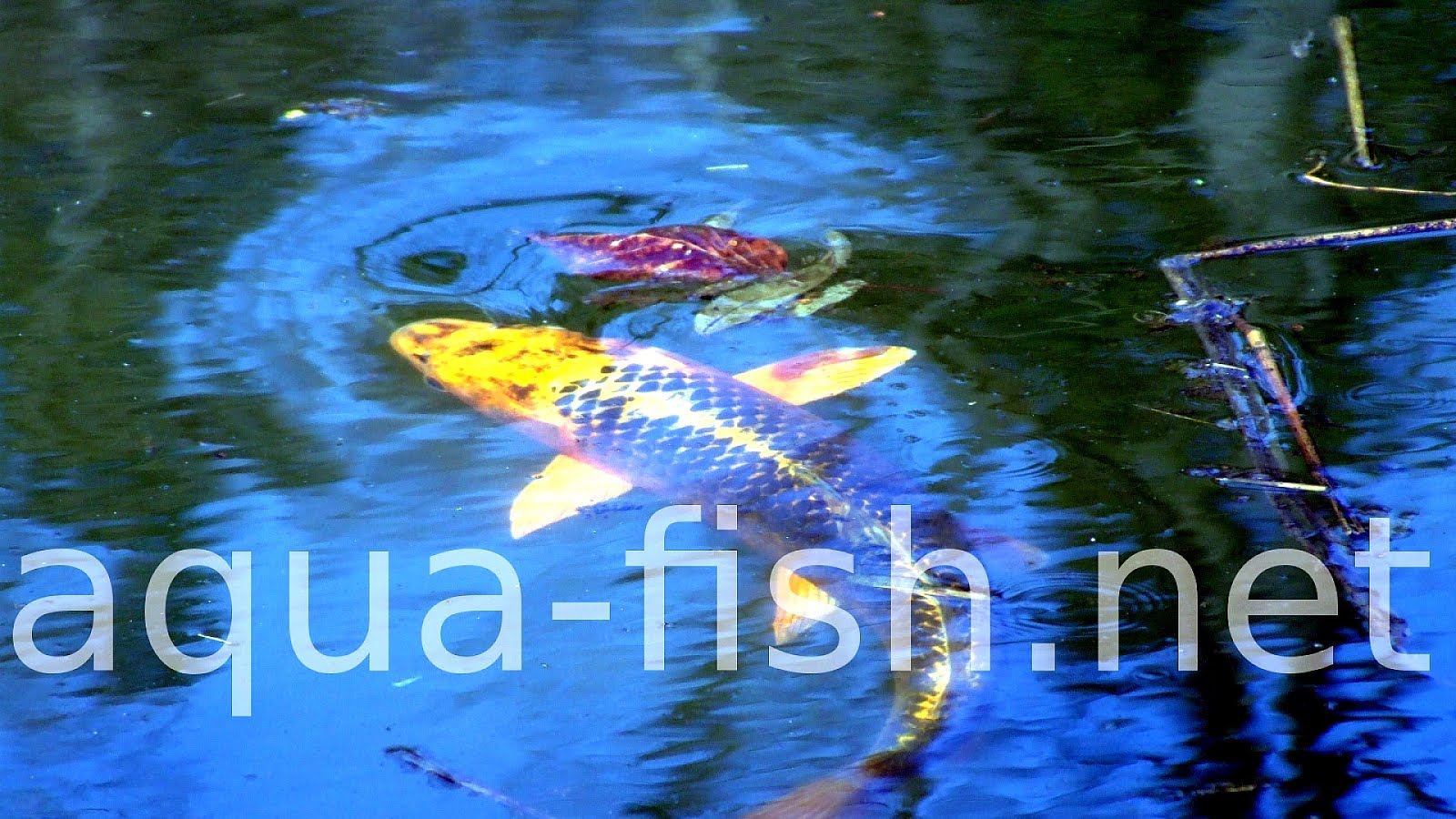
Creating the Ideal Koi Pond Water Conditions: A Comprehensive Guide
Introduction
Koi fish are one of the most beloved creatures in the world of aquaculture. These colorful and elegant fish require specific water conditions to thrive and flourish. In this comprehensive guide, we will explore the ideal koi pond water conditions to ensure that your koi fish remain healthy and happy.
Temperature
Koi fish require a specific temperature range to live comfortably. The ideal water temperature for koi fish is between 60-75°F (15.5-24°C). Water that is too cold or too warm can affect the growth, metabolism, and overall health of your koi fish.

pH Level
The pH level of your koi pond’s water should be between 7.0 to 8.5. A pH level outside of this range can lead to health problems for koi fish. If the pH is too low, your koi fish may become stressed and lose their appetite. If the pH is too high, it can lead to stress, disease, and even death.

Ammonia and Nitrite Levels
Ammonia and nitrite levels in your koi pond’s water are important to monitor. Ammonia is produced from fish waste and uneaten fish food. Nitrite is produced from the breakdown of ammonia. Excess ammonia and nitrite can lead to health problems such as decreased immunity, stress, and even death.
To ensure the ideal ammonia and nitrite levels, you should perform regular water tests. The ideal ammonia level should be lower than 0.02mg/L, and the ideal nitrite level should be lower than 0.05mg/L. If you find that your levels are too high, you may need to adjust your water filtration or perform a water change.

Water Hardness
Water hardness refers to the amount of minerals, particularly calcium and magnesium, that are present in your koi pond’s water. Water hardness is measured in degrees of hardness or DH. The ideal water hardness for koi fish is between 100-150ppm, or 6-9 DH.
Water that is too soft or too hard can lead to health problems such as impaired growth, decreased immunity, and weakened bones. If your water hardness levels are outside of the ideal range, you may need to adjust the water chemistry or add supplements.
Oxygen Levels
Koi fish require adequate oxygen levels to survive. If the oxygen levels in your koi pond’s water are too low, it can lead to stress, disease, and even death. The ideal oxygen level for koi fish is between 6-8mg/L.
To ensure adequate oxygen levels, you should install an aeration system, such as an air pump or fountain. This will help increase the oxygen levels in your koi pond’s water and promote the health of your koi fish.

Algae Control
Algae is a common problem in koi ponds. While some forms of algae are harmless, excessive algae can lead to imbalances in water chemistry and decreased oxygen levels. To prevent algae growth, you should take the following steps:
- Provide shade for your koi pond with aquatic plants or a shade cloth.
- Avoid overfeeding your koi fish, as excess food can cause nutrient imbalances.
- Install a filter system to remove excess nutrients and waste.
- Perform regular water changes to remove excess nutrients.
Conclusion
Creating the ideal koi pond water conditions requires careful attention and monitoring. By maintaining the proper temperature, pH level, ammonia and nitrite levels, water hardness, oxygen levels, and algae control, you can ensure that your koi fish remain healthy and happy. If you are unsure about your water conditions, you can always consult with a professional aquaculturist.